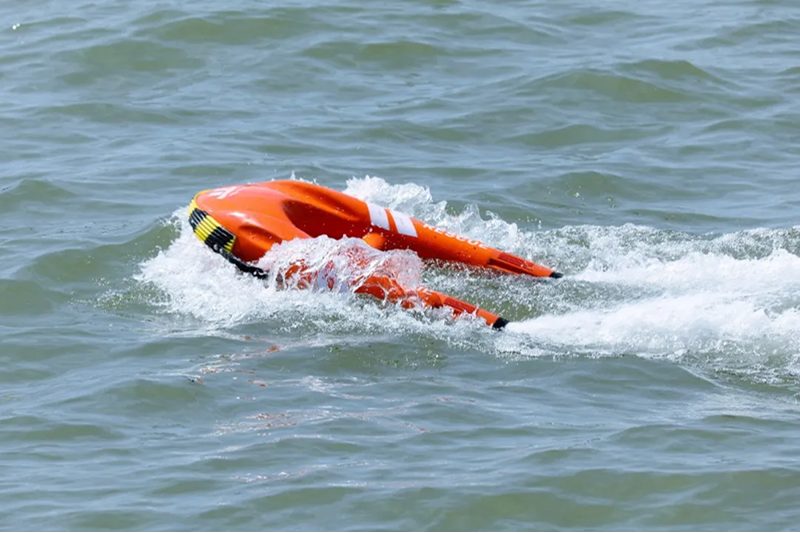Hur Flytande Vattenparker Omdefinierar Recreationsupplevelser
Dessa installationer ersätter statiska pooler med dynamiska hinderbanor, uppblåsbara klättrertorn och samarbetsbaserade spel som betonar social interaktion. Till skillnad från traditionella vattenparker gör modulära design möjligt för operatörer att omkonfigurera layouter säsongsvis – en avgörande fördel eftersom 68 % av millennialerna prioriterar nya upplevelser framför rutinmässiga attraktioner.
Globala Trender inom Modulär Akvatisk Underhållning och Turismefterfrågan
Många kuststäder och badorter vid sjöar använder allt oftare flytande plattformar för att kunna utnyttja sina vattenbaserade ytor bättre utan att behöva bygga något permanent på land. Enligt data från NOAA, flyter ungefär hälften av alla nya strandnära projekt på vattnet istället för att vara placerade på fast mark. Intressant trend! Vi ser också att detta fungerar bra på andra platser. Vissa populära destinationer i Sydostasien, dit många turister strömmar, har märkt att när de kombinerar strandar med parker på flytande plattformar tenderar besökarna att stanna cirka 22 procent längre jämfört med traditionella strandplatser. Det är ju förståeligt eftersom människor gillar variation och bekvämlighet precis intill vattnet.
Fallstudie: Lyckad implementering av flytande parker i urbana strandmiljöer
En medelstor europeisk stad revitaliserade sitt underutnyttjade hamnområde genom att installera en säsongsmässig flytande park med sammankopplade utmaningsbanor, solcellsdrivna vattenrutschkanor och kvällsbelysta avkopplingszoner med LED-belysning. Denna åtgärd ökade sommarturismens intäkter med 4,2 miljoner euro inom två år, vilket visar hur tillfälliga installationer kan ekonomiskt aktivera stadens vattenvägar.
Konstruktion av säkra och stabila strukturer för flytande vattenparker
Flytande vattenparker kombinerar spänning med strukturell innovation och kräver noggrann ingenjörsutveckling för att balansera dynamiska krafter och användarsäkerhet. Moderna designlösningar hanterar unika utmaningar genom avancerad fysikmodellering och materialvetenskap.
Flytbarhetsdynamik och konstruktion av vattenattraktioner för rekreationella miljöer
Flytande strukturer måste tåla varierande belastningar från vågor, strömmar och användaraktivitet. Ingenjörer använder förskjutningsberäkningar för att säkerställa 20 % överskott i flytkraftskapacitet, vilket möjliggör toppbelastningar på upp till 15 kg/m² (Marine Recreation Safety Institute 2023). Modulära plattformar integrerar hydrodynamiska former för att minimera motstånd samtidigt som de stödjer klätterväggar, rutschbanor och hinderbanor.
Efterlevnad av ASTM F2374-22-standarder för konstruktion och underhåll
Enligt ASTM-riktlinjer måste anläggningar ha sina fästpunkter kontrollerade av oberoende inspektörer en gång per år. De kräver också lasttester vid 150 % kapacitet vart tredje år, samt bibehålla en marginal på 25 % i flytberäkningarna. Enligt den senaste rapporten om säkerhet i akvatiska anläggningar från 2024 tenderar anläggningar som följer dessa regler att uppleva ungefär 62 procent färre utrustningsfel än de utan korrekt certifiering. Denna typ av regelbunden underhåll är rimlig med tanke på hur mycket skada som kan uppstå till följd av små försummelse i akvatiska miljöer.
Balansera innovation med regulatoriska krav i design av flytande parker
Ingenjörer använder allt oftare parametrisk modellering för att optimera konstruktioner inom regulatoriska gränser. En fallstudie från 2022 visade hur modulära flytande plattformar med snabbkopplingsfogar minskade etableringstiden med 40 % samtidigt som alla ASTM-krav uppfylldes. Sådana innovationer bevisar att säkerhetsförbättringar och kreativ design kan gå hand i hand när de bygger på regulatoriska standarder.
Fallstudie: Förbättringar av profylax mot storminducerad lossning
På hösten 2022 förstärkte ett främstående öresort sin flytande parks förankring efter att den hade släpats 1 100 meter under en tropisk cyklon av kategori 2. Utan uppgraderingarna – ytterligare förankring och förbättrade navigeringssystem – hade parken förlorats till havs. Ingenjörer tillskrev uppgraderade väderövervakningssystem och rörliga portalkranbanor att återinstallationstiden efter stormen kunde minskas till mindre än tre dagar (–70 %) jämfört med tidigare bedömningar.
Rollen för lokala samhällen i långsiktig ekologisk framgång
Flytande vattenparker är beroende av lokal medverkan för att på ett hållbart sätt tjäna samhällen. Rättvisa finansiella partnerskap lockar fler intressenter, medan utbildningsprogram visar grön byggnadsteknik och återhämtningsförmåga för att minska miljörelaterade farhågor.


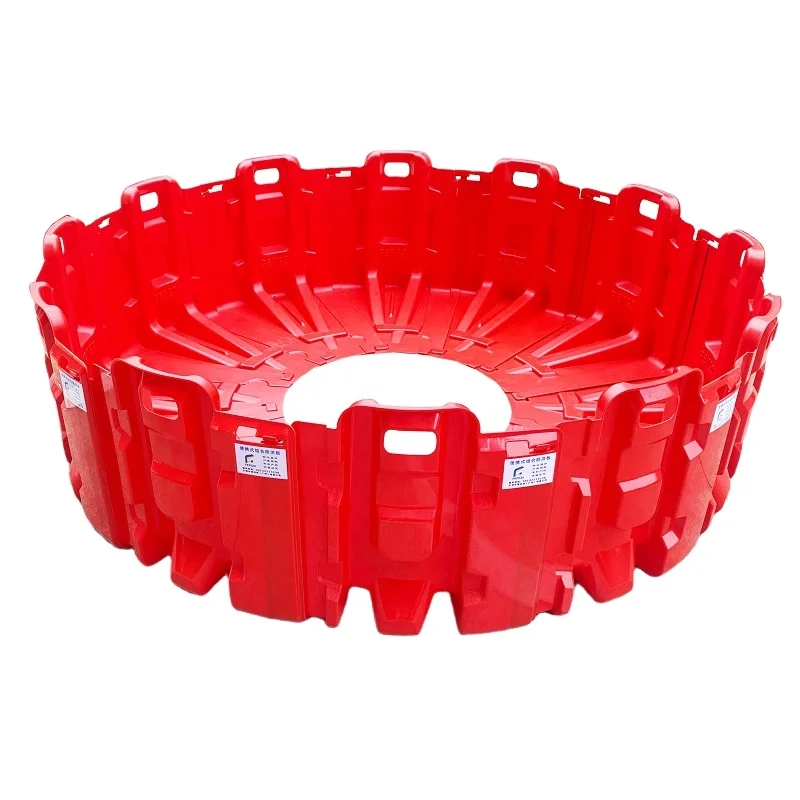
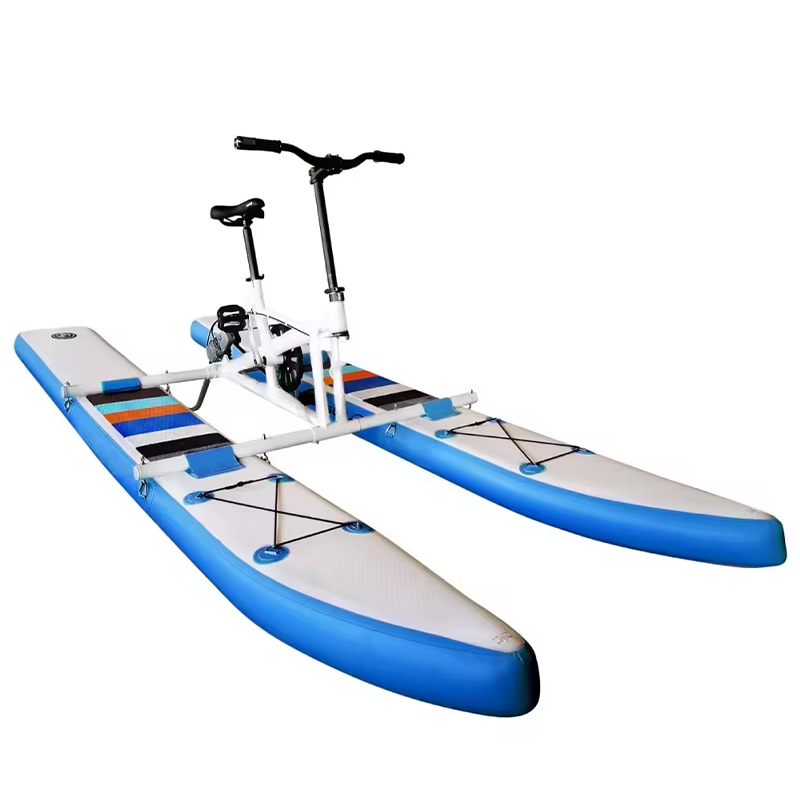
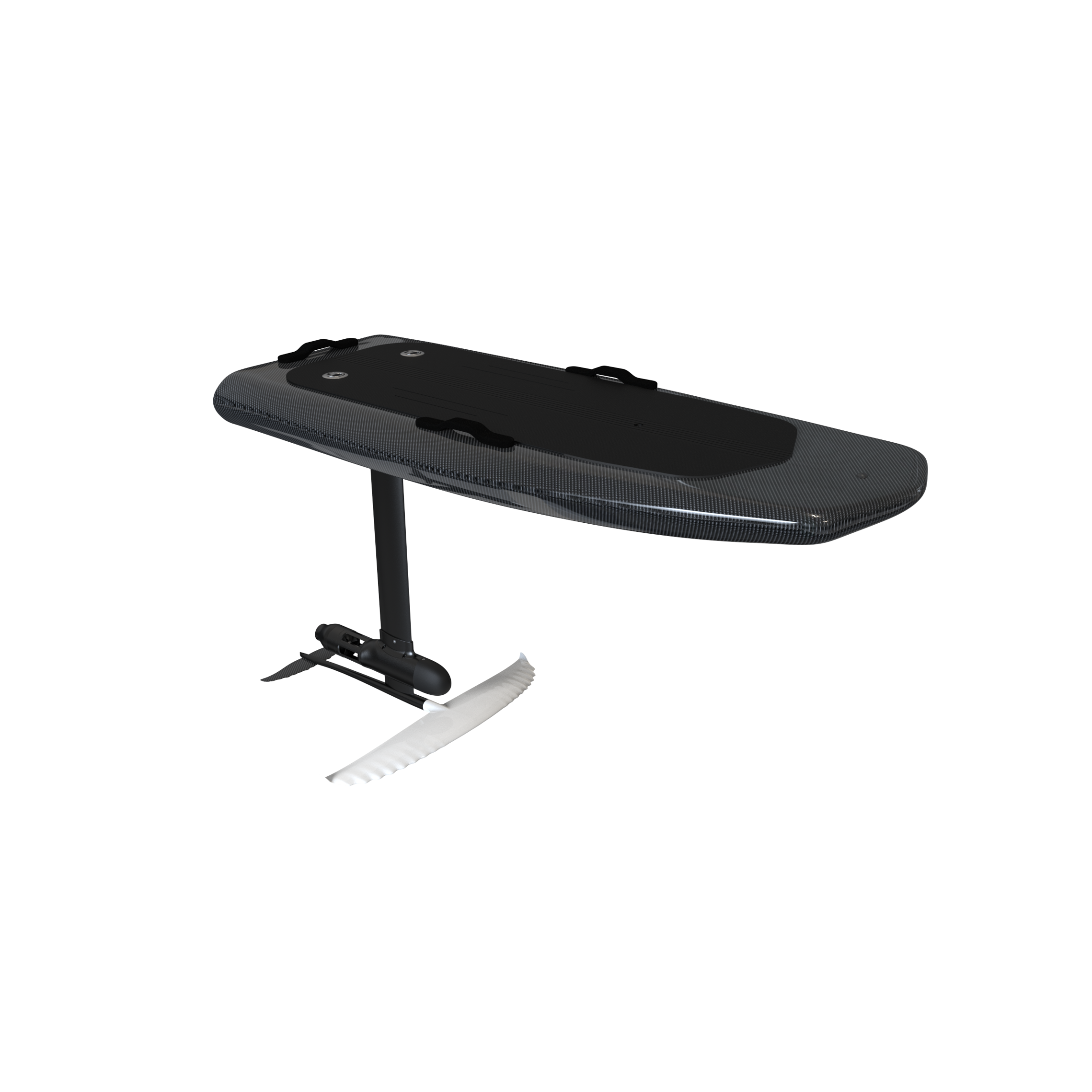
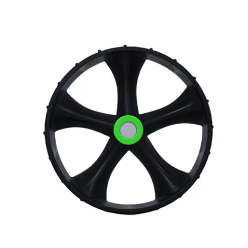
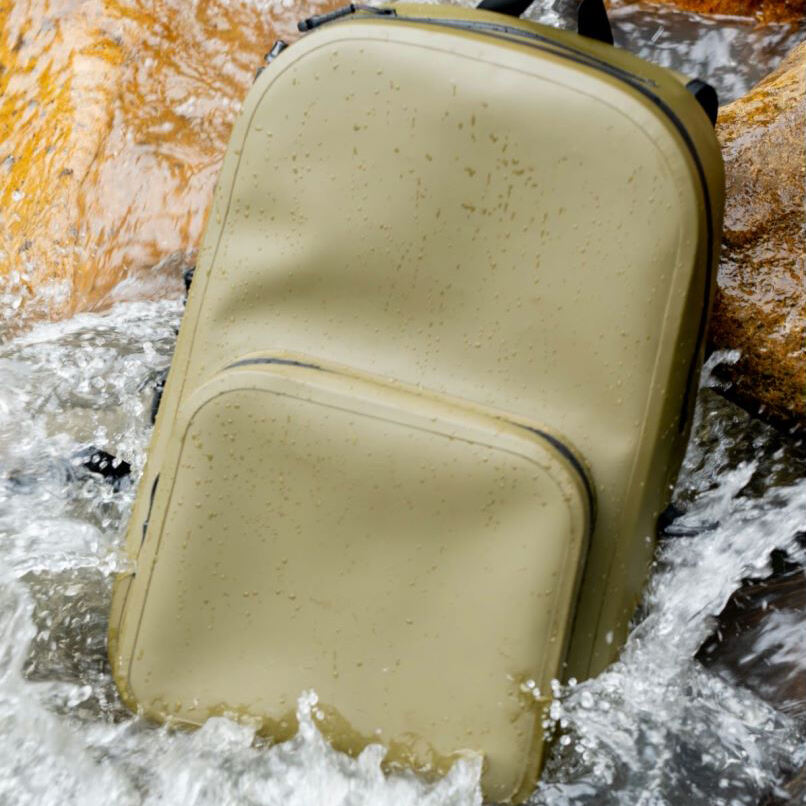
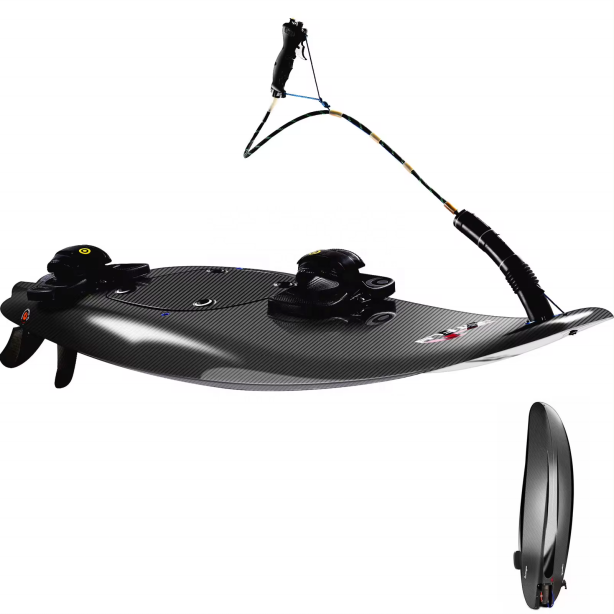
 Senaste Nytt
Senaste Nytt